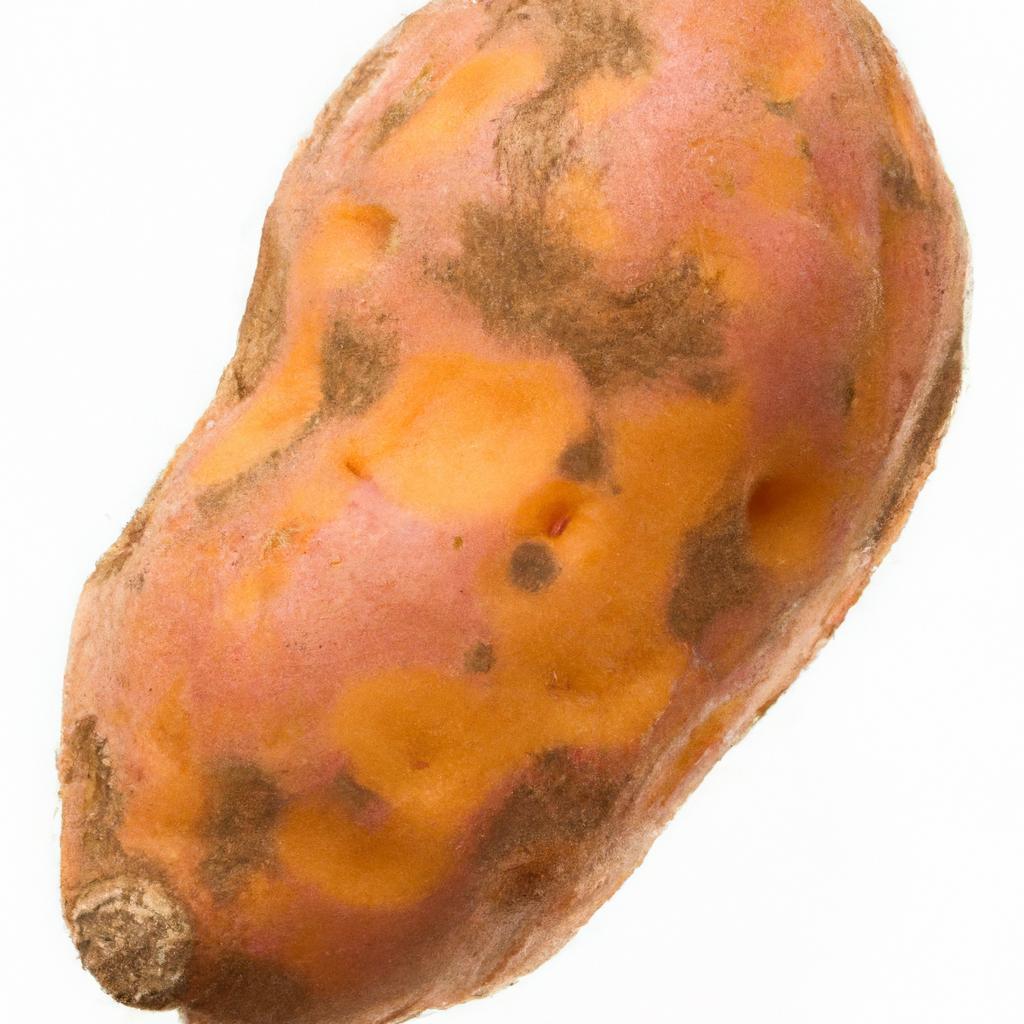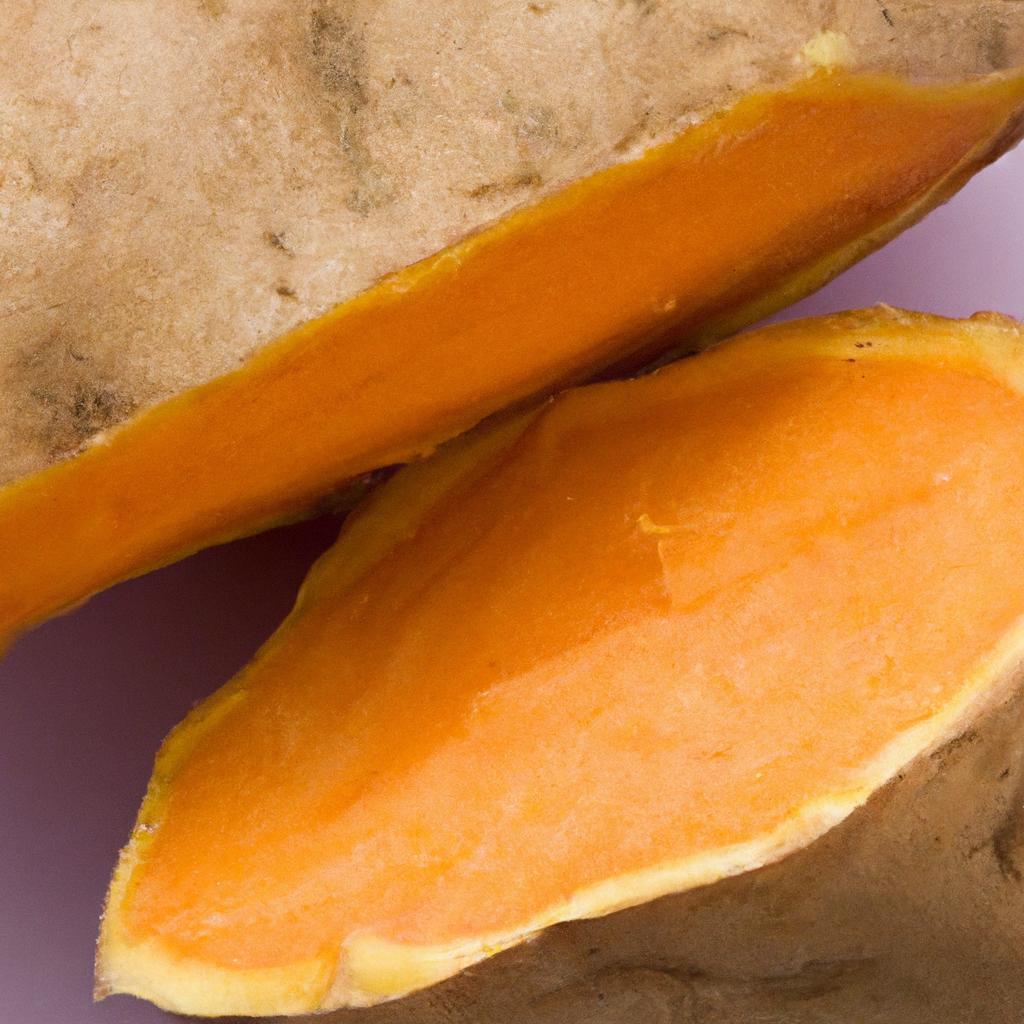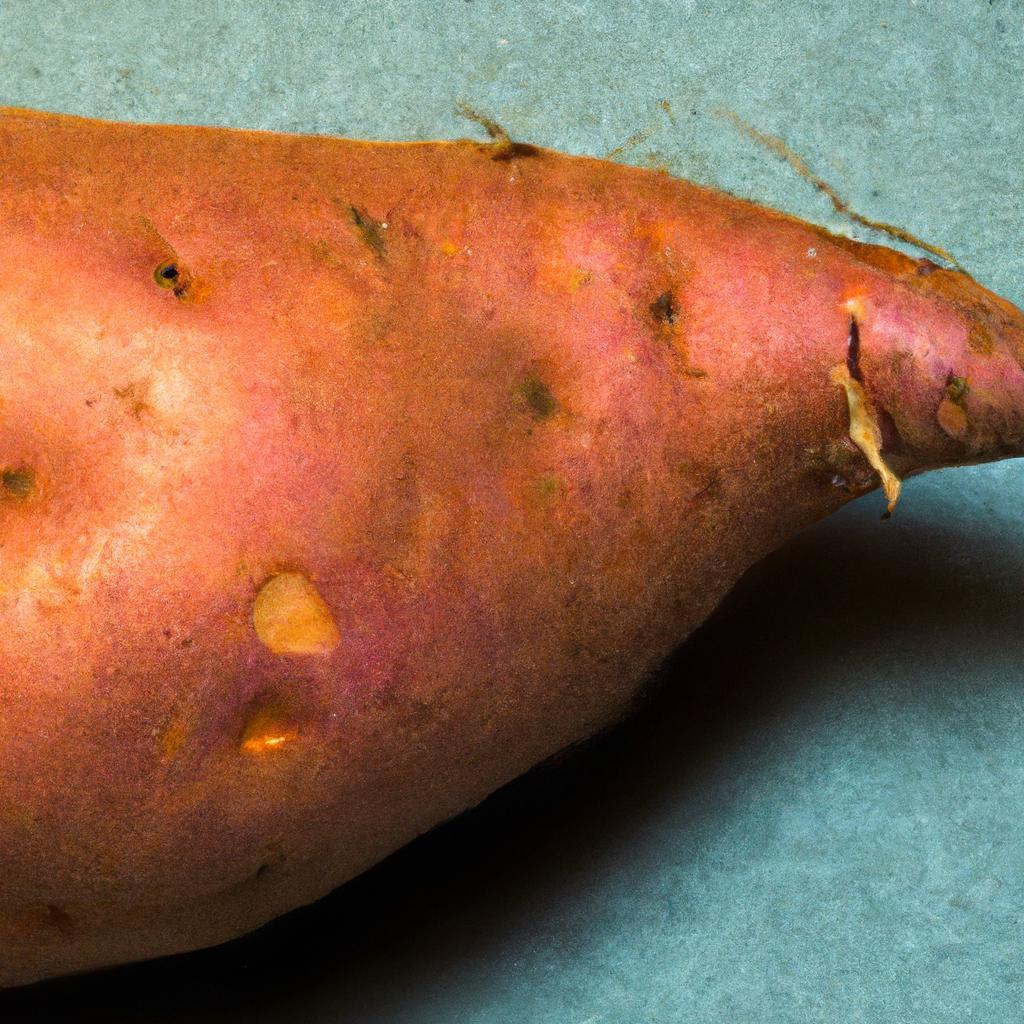Once upon a time, a devoted dog owner named Sarah noticed her furry friend, Max, was losing energy. Concerned, she consulted her vet, who suggested incorporating vegetables into Max’s diet. Intrigued, Sarah began adding carrots, green beans, and sweet potatoes to his meals. To her delight, Max became more vibrant and playful! This transformation made Sarah a firm believer in the power of veggies. So, can you give your dog vegetables every day? Absolutely! Just remember to choose dog-safe options and consult your vet for the best balance. Your pup will thank you!
Contents
- Understanding the Nutritional Benefits of Vegetables for Dogs
- Identifying Safe and Healthy Vegetables for Daily Feeding
- Balancing Your Dogs Diet: Incorporating Vegetables Effectively
- Monitoring Your Dogs Health: Signs of Dietary Success or Issues
- Q&A
Understanding the Nutritional Benefits of Vegetables for Dogs
Incorporating vegetables into your dog’s diet can provide a plethora of nutritional benefits that enhance their overall health and well-being. Vegetables are rich in essential vitamins and minerals that support various bodily functions. For instance, leafy greens like spinach and kale are packed with antioxidants, which help combat oxidative stress and promote a healthy immune system. Additionally, vegetables such as carrots and sweet potatoes are excellent sources of beta-carotene, which is vital for maintaining good vision and skin health.
Fiber is another significant advantage of adding vegetables to your dog’s meals. Many vegetables, including green beans and peas, are high in dietary fiber, which aids in digestion and helps maintain a healthy weight. A fiber-rich diet can prevent constipation and promote regular bowel movements, ensuring your dog feels comfortable and satisfied. Moreover, fiber can help regulate blood sugar levels, making it a beneficial addition for dogs with diabetes or those prone to obesity.
Furthermore, vegetables can serve as a low-calorie treat option, allowing you to reward your furry friend without the guilt associated with high-calorie snacks. By substituting traditional treats with crunchy veggies, you can help your dog maintain a healthy weight while still enjoying the occasional reward. Some great options include cucumber slices, bell pepper strips, and zucchini, all of which are not only tasty but also packed with nutrients.
It’s important to remember that not all vegetables are safe for dogs, so always do your research before introducing new foods. Some vegetables, like onions and garlic, can be toxic to dogs, while others may cause digestive upset if given in large quantities. Always consult with your veterinarian to determine the best vegetable options for your dog’s specific dietary needs. By carefully selecting and preparing vegetables, you can create a balanced diet that supports your dog’s health and vitality.
Identifying Safe and Healthy Vegetables for Daily Feeding
When considering vegetables for your dog’s daily diet, it’s essential to choose options that are not only safe but also beneficial for their health. Many vegetables are packed with vitamins, minerals, and antioxidants that can enhance your dog’s overall well-being. However, not all vegetables are created equal, and some can even be harmful. Therefore, understanding which vegetables are safe is crucial for your furry friend’s nutrition.
Among the best choices for daily feeding are:
- Carrots: Crunchy and sweet, carrots are low in calories and high in fiber, making them a great snack that can also help clean your dog’s teeth.
- Green Beans: These are rich in vitamins and can be served raw or cooked. They are low in calories and can help maintain a healthy weight.
- Sweet Potatoes: Packed with beta-carotene and fiber, sweet potatoes are a nutritious option that can be served cooked and mashed.
- Peas: A good source of vitamins A, B, and K, peas can be a tasty addition to your dog’s meals, whether fresh or frozen.
It’s important to prepare these vegetables properly to maximize their health benefits. For instance, cooking certain vegetables can make them easier to digest and enhance nutrient absorption. Steaming or boiling vegetables like broccoli or spinach can help retain their vitamins while making them palatable for your dog. Always ensure that any vegetables you offer are cut into manageable pieces to prevent choking hazards.
While incorporating vegetables into your dog’s diet, moderation is key. Too much of even the healthiest vegetables can lead to digestive upset. Start with small amounts and monitor your dog’s reaction. If they enjoy the new additions and show no signs of discomfort, you can gradually increase the quantity. Remember to consult your veterinarian for personalized advice, especially if your dog has specific health concerns or dietary restrictions.
Balancing Your Dogs Diet: Incorporating Vegetables Effectively
Incorporating vegetables into your dog’s diet can be a rewarding endeavor, both for their health and your peace of mind. When done correctly, vegetables can provide essential vitamins, minerals, and fiber that enhance your dog’s overall well-being. However, it’s crucial to choose the right types of vegetables and prepare them in a way that maximizes their nutritional benefits while ensuring they are safe for your furry friend.
Start by selecting vegetables that are known to be dog-friendly. Some excellent options include:
- Carrots: Rich in beta-carotene and fiber, they are great for dental health.
- Green beans: Low in calories and high in fiber, they can help maintain a healthy weight.
- Sweet potatoes: Packed with vitamins A and C, they are a nutritious treat.
- Peas: A good source of vitamins and minerals, they can be easily added to meals.
When introducing vegetables, moderation is key. Start with small amounts to see how your dog reacts, as some may have sensitivities or allergies. Aim to make vegetables about 10-15% of your dog’s daily caloric intake. This ensures that they receive the benefits without overwhelming their digestive system. Additionally, always cook or steam vegetables to make them easier to digest and to eliminate any harmful compounds that may be present in raw forms.
Lastly, consider the method of incorporation. Mixing vegetables into your dog’s regular meals can be an effective way to enhance their diet. You can blend them into homemade dog food, use them as healthy treats, or even create a vegetable-based broth to pour over their kibble. By being creative with how you serve vegetables, you can keep mealtime exciting while providing your dog with the nutrients they need for a long and healthy life.
Monitoring Your Dogs Health: Signs of Dietary Success or Issues
When incorporating vegetables into your dog’s daily diet, it’s essential to monitor their overall health and well-being. A successful dietary change can be indicated by several positive signs. For instance, if your dog exhibits increased energy levels, a shiny coat, and improved digestion, these may be clear indicators that the addition of vegetables is benefiting their health. Regularly observing your dog’s behavior and physical condition can help you determine if the new diet is working effectively.
Conversely, there are potential issues to watch for that may suggest your dog is not responding well to the inclusion of vegetables. Signs of dietary distress can include:
- Vomiting or diarrhea: These symptoms may indicate that your dog’s digestive system is struggling to adapt to the new foods.
- Excessive gas: While some flatulence is normal, a sudden increase can signal that certain vegetables are not suitable for your dog.
- Changes in appetite: If your dog suddenly refuses to eat or shows disinterest in their meals, it may be a sign that the vegetables are not appealing or suitable for them.
Monitoring your dog’s weight is another crucial aspect of assessing dietary success. A healthy weight is a good indicator that your dog is receiving the right balance of nutrients. If you notice significant weight loss or gain, it may be time to reevaluate the vegetable portions or types being offered. Consulting with a veterinarian can provide tailored advice on how to adjust your dog’s diet to maintain optimal health.
Lastly, keep in mind that every dog is unique, and their dietary needs can vary widely. What works for one dog may not work for another. Therefore, it’s vital to introduce new vegetables gradually and observe how your dog reacts. By staying attentive to their health and behavior, you can ensure that the inclusion of vegetables in their daily diet is a positive change, contributing to their overall happiness and longevity.
Q&A
-
Can I give my dog vegetables every day?
Yes, you can give your dog vegetables every day, but moderation is key. Incorporating a variety of vegetables into your dog’s diet can provide essential nutrients and fiber, promoting overall health.
-
Which vegetables are safe for dogs?
Safe vegetables for dogs include:
- Carrots
- Green beans
- Sweet potatoes
- Peas
- Broccoli
Always ensure that the vegetables are cooked or chopped to prevent choking hazards.
-
Are there any vegetables I should avoid?
Yes, some vegetables can be harmful to dogs. Avoid giving your dog:
- Onions
- Garlic
- Avocado
- Mushrooms
- Potatoes (raw)
These can cause various health issues, so it’s best to steer clear of them.
-
How should I introduce vegetables into my dog’s diet?
Introduce vegetables gradually to your dog’s diet. Start with small amounts and observe for any adverse reactions. Mixing vegetables with their regular food can help them adjust to the new flavors and textures.
Incorporating vegetables into your dog’s daily diet can enhance their health and vitality. With the right choices and moderation, you can provide a balanced, nutritious meal that supports their well-being. Embrace the benefits of veggies for your furry friend!

大家好,我是彼得潘,專業的手法身體治療師。我喜歡探索和研究各種主題,並透過與人工智慧的合作分享專業、實用、有趣的文章。我們定期進行人工審核,以確保內容的準確性。如果您發現文章中有任何不準確的地方,請隨時與我們聯繫,我們會及時糾正。您可以透過 [email protected] 與我們聯繫。



